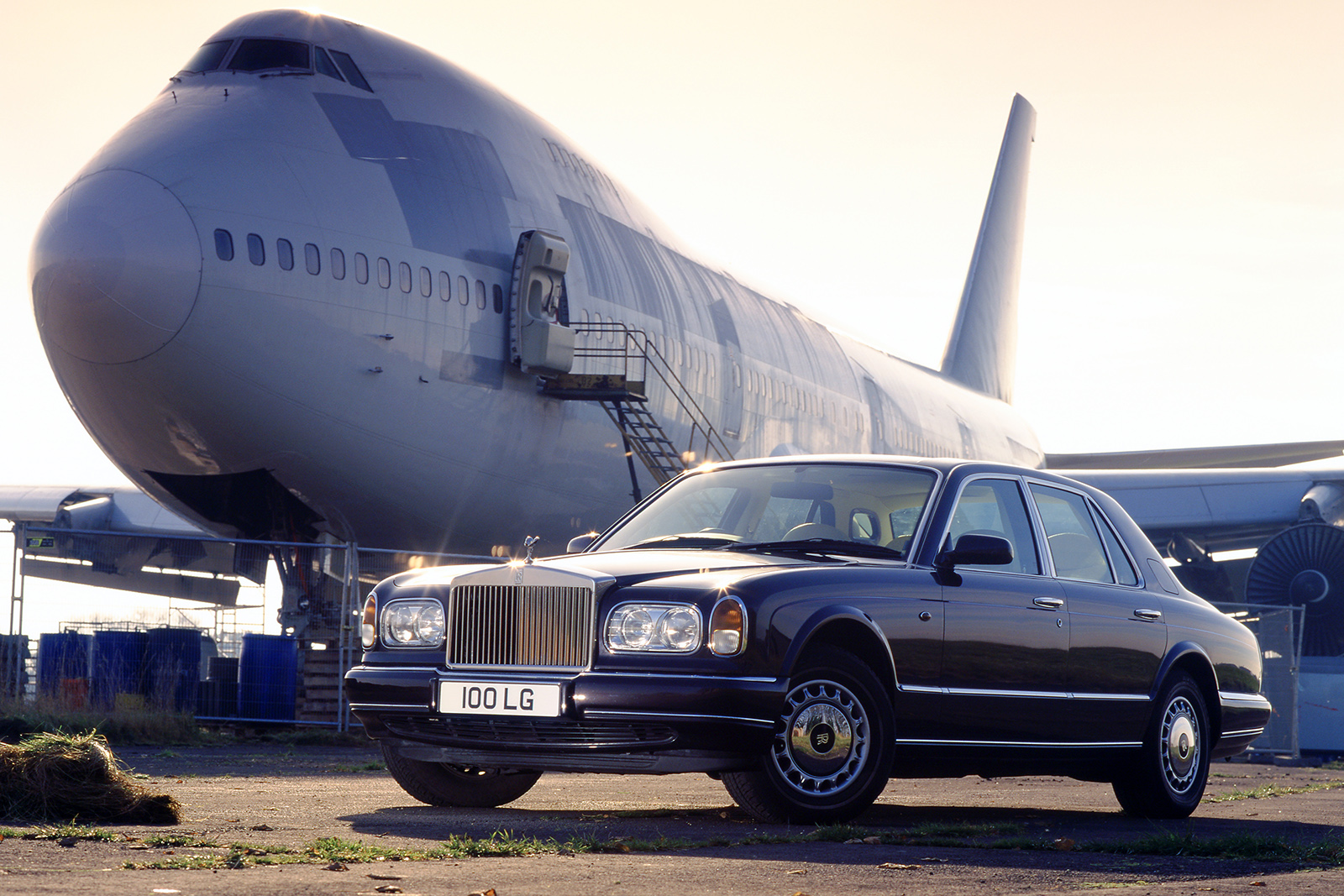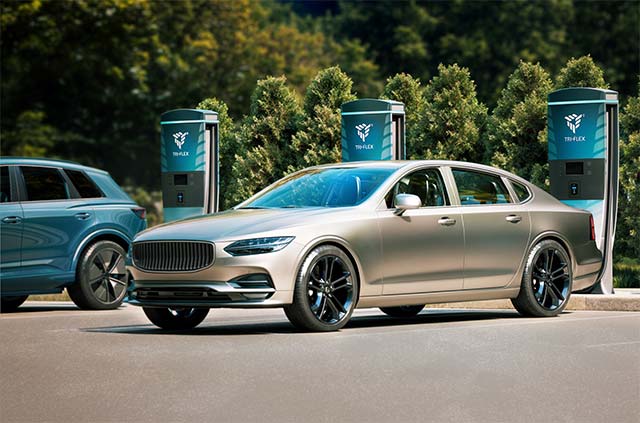Carnival Cruise Line Has Achieved a Major Sustainability Milestone. Here Are The Details.
Carnival Cruise Line continues to be a sustainable option for travelers.

When the world’s largest cruise brand moves the needle on environmental performance, the entire travel sector pays attention. Carnival Cruise Line has just announced that it cut shipboard food waste per passenger by 44% in 2024 compared with 2019 levels—beating its previously stated 40% reduction target a full year early. The accomplishment not only raises the bar for maritime hospitality, it signals that the company’s broader decarbonization roadmap is gaining real operational traction.
Carnival Cruise Line Exceeds Food Waste Reduction Goal
According to TravelPulse, Carnival Cruise Line’s parent company, Carnival Corporation & PLC, set a 2025 interim goal of trimming food waste by 40% as part of its public sustainability framework. Hitting 44% in 2024 means the brand is now tracking ahead of schedule on the march toward a 50% cut by 2030—an ambition that aligns with the United Nations’ Sustainable Development Goal 12.3 on halving global food waste. CEO Josh Weinstein credited “dozens of large and small programs” for the win, and framed the achievement as equal parts environmental and financial stewardship.
Inside The ‘Less Left Over’ Strategy
At the heart of the progress is “Less Left Over,” a data-driven initiative that re-engineers every stage of the culinary supply chain—from how ingredients are purchased to how every plate is garnished before it reaches the table. Galley teams now rely on predictive analytics to stock only what they need for a given sailing, while crew training focuses on presenting right-sized portions that minimize plate waste. Surplus ingredients that remain safe for consumption are channeled to food banks in home ports, extending social impact well beyond the ship.
Circular Solutions: From Coffee Grounds to Biofuel
Not all leftovers are edible, but Carnival Cruise Line has found innovative second lives for many of them. Used coffee grounds are transformed into vegan soap bars that meet onboard demand for toiletries, and spent cooking oil becomes feedstock for biofuel that powers the line’s land-based tour buses in Alaska. On vessels where waste cannot be repurposed safely, technology steps in: 630 onboard biodigesters break down organic scraps, while more than 90 dehydrators strip water from tougher waste, such as fruit rinds, reducing the overall volume by roughly 90% before disposal.
A Material Boost to the Bottom Line
Cutting waste isn’t purely altruistic—it’s also good business. Since launching Less Left Over in 2019, Carnival Cruise Line has saved more than $250 million in provisioning costs, capital that can be redirected toward alternative-fuel research, fleet modernization, and shore-power retrofits. Investors eyeing the cruise sector’s post-pandemic rebound increasingly demand proof that ESG commitments translate into tangible financial returns. Carnival’s waste-reduction program offers a clear example: Fewer tons of discarded food mean lower purchasing bills, reduced disposal fees, and a lighter emissions profile when methane-heavy landfill use is avoided.
What Comes Next: Scaling to a 50% Cut by 2030
Looking ahead, Carnival Cruise Line plans to widen its use of machine-learning demand forecasts, expand biodigester installations across new build vessels, and pilot shipboard composting trials that could supply mulch to private-island destinations. The brand also intends to publish third-party-verified waste data annually, a move designed to enhance accountability and facilitate emissions-intensity reporting under emerging European and U.S. disclosure standards.
Beyond Sustainability: Experimenting With Adults-Only SEA Sailings
Operational agility is not limited to back-of-house initiatives. Beginning this August, Carnival will run four invitation-only SEA (Sailings Exclusively for Adults) itineraries aboard Carnival Conquest—turning scheduled dry-dock downtime into casino-focused voyages that cater to high-value Players Club members. While unrelated to food-waste reduction, the move underscores a larger corporate mindset: smart resource utilization. By keeping the ship in service rather than sidelined, Carnival maximizes revenue potential without undermining its family-friendly brand promise. Early results from the SEA experiment will inform future deployment decisions, just as data from Less Left Over guides the next wave of sustainability investments.
Why the Milestone Matters for the Cruise Industry
Maritime regulators, including the International Maritime Organization, are tightening rules around waste management and carbon intensity. Carnival Cruise Line’s early achievement buys breathing room and positions the company as a thought leader when negotiating upcoming global standards. Competitors now face heightened pressure to match or exceed the benchmark, or risk losing environmentally minded travelers and institutional capital that increasingly screens portfolios for climate alignment.
The Bottom Line
Hitting a 44% food-waste reduction a year ahead of plan signals that Carnival Cruise Line’s sustainability blueprint is more than marketing copy—it is an operational reality producing quantifiable gains for the planet, passengers, and shareholders alike. With millions of annual cruisers and 160,000 employees rallying behind the Less Left Over ethos, the brand has effectively turned everyday galley routines into a strategic lever for both environmental progress and profit protection. If Carnival maintains this momentum, reaching the 50% cut by 2030 may prove less a stretch goal and more an inevitability, setting a new industry baseline in the process.
For travelers, the takeaway is simple: The next time you enjoy that perfectly portioned dish on board, know that it represents a small but measurable step toward cleaner oceans and a more responsible cruise experience—an experience that proves fun and sustainability can, indeed, sail in the same direction.

















































































































































